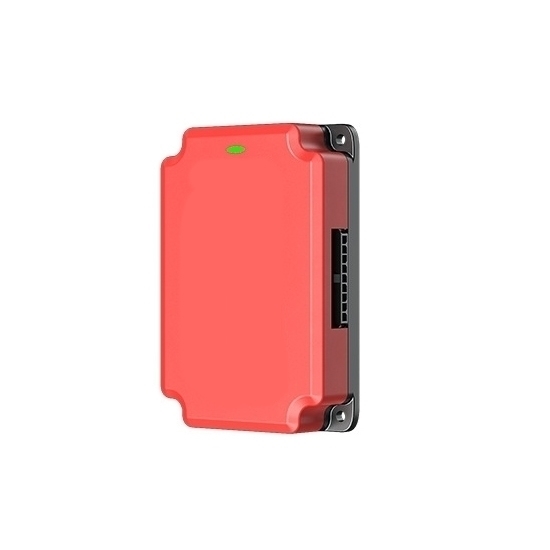
Why buy from us?
Lorem Ipsum is simply dummy text of the printing and typesetting industry.
Ask a Question About This Product
- Stock: In Stock
- Model: KOLAUT-ABB-16S5A
- Weight: 1.00
- SKU: KOLAUT-ABB-16S5A
Available Options
The active battery balancer, alternatively referred to as a battery equalizer or Battery Management System (BMS), takes a proactive approach to overseeing the voltages of individual cells during both the charging and discharging phases. Through dynamic energy redistribution among cells, it acts as a safeguard against imbalances that could otherwise result in diminished capacity, excessive heat generation, or potential safety risks.
Specification
- Model: KOLAUT-J16-5A
- Battery Pack Type: Ternary, Iron Lithium
- Number of Battery Pack Strings: 16S (16 Batteries Connected in Series)
- Balance Current: ≤5A
- Balance Mode: Active Equilibrium
- Balance On Condition: First Single String Voltage: ≥3.1±0.1V
- Balance Off Condition: Flat First Single String Voltage: ≤3.0±0.1V
- Working Power Consumption: <1mA
- Sleep Current: <100uA
- Working Power Consumption: <1mA
- Balance Accuracy: ±mV
- Working Temperature: -20℃~60℃
- Harness: Compatible with BMS
- Balance Indication Light: Bright: Balance On, OFF: Balance Not On or Fault
- Dimension: 163*65*21mm
Dimension (Unit: mm)
Detail
Application
Tips: Do active battery balancers consume power during operation?
Active battery balancers are designed to equalize the charge among individual cells in a battery pack. During operation, they do consume some power, typically drawn from the battery itself or an external power source. The power consumption is necessary for the balancing process, which involves transferring energy from higher-voltage cells to lower-voltage cells to ensure uniform charge levels. However, modern active balancers are designed to be energy-efficient, minimizing the impact on overall battery performance. The power consumed by these balancers is generally a small fraction of the total energy capacity of the battery pack. While there is some energy overhead, the benefits of maintaining balanced cells, such as prolonging battery life and improving overall pack performance, often outweigh the modest power consumption of active balancers.



















